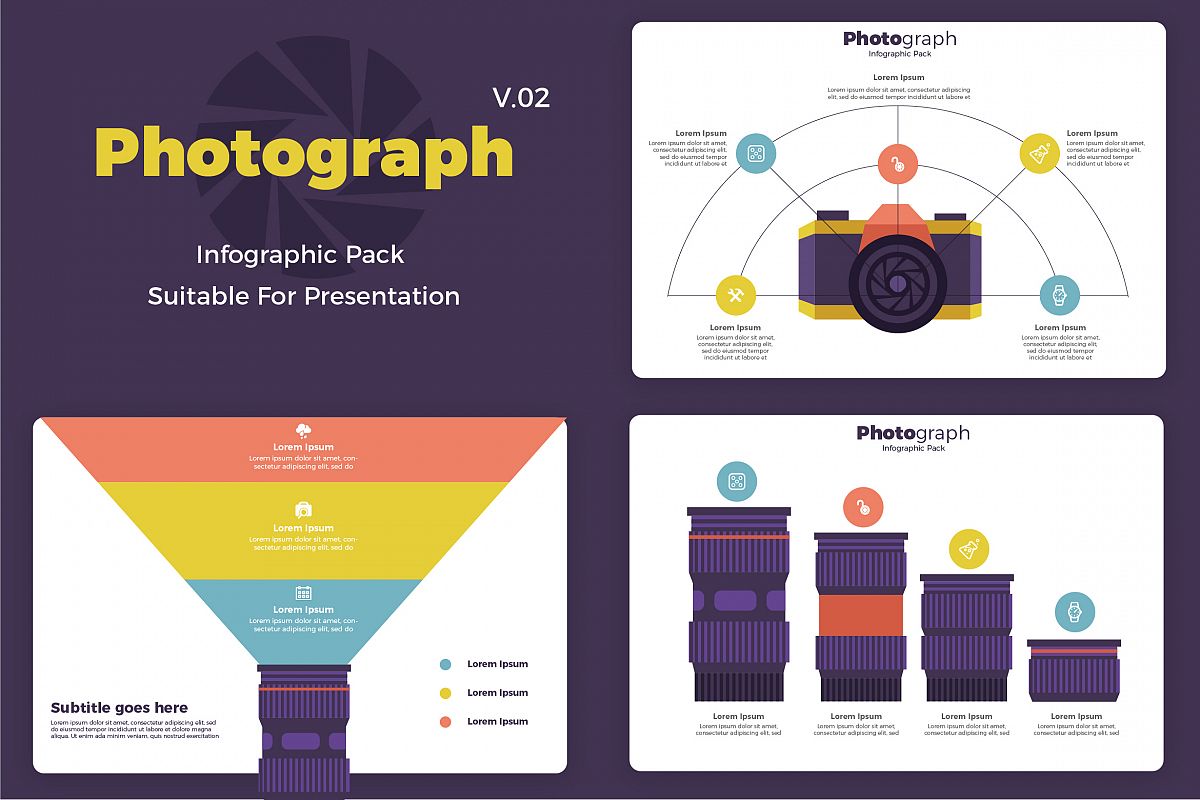Change Your Photography By Mastering Illumination Techniques That Can Elevate Your Pictures-- Find The Usual Mistakes That Could Be Holding You Back
Change Your Photography By Mastering Illumination Techniques That Can Elevate Your Pictures-- Find The Usual Mistakes That Could Be Holding You Back
Blog Article
Article By-Caldwell Polat
As a professional photographer, you recognize that illumination can make or damage your photos. Comprehending the subtleties of both natural and synthetic light is essential for capturing the state of mind and quality you aim for in your work. Whether you're chasing after the best golden hour glow or fine-tuning your man-made configurations, mastering these components can boost your digital photography dramatically. However there prevail Team photographer near me that numerous overlook, and recognizing them can transform your technique to every shoot. Allow's explore what you may be missing out on and how it can affect your results.
Understanding Natural Light
Comprehending all-natural light is important for any digital photographer seeking to boost their work. It's the foundation of great photography, affecting mood, tone, and clearness. When you fire outdoors, pay attention to the moment of day. The golden hour-- soon after sunrise and prior to sunset-- supplies soft, cozy light that can transform average scenes right into spectacular photos.
Do not take too lightly the power of overcast days. Cloud cover diffuses sunshine, developing a soft, even light that's ideal for portraits and macro photography. You'll find colors appear this kind of illumination without extreme darkness.
Positioning issues, as well. Constantly consider your topic's positioning to the light source. If the sunlight's behind your topic, you might end up with a silhouette, which can be dramatic yet mightn't be what you desire. Conversely, direct sunlight can produce unflattering darkness.
Try out https://www.artsy.net/article/artsy-editorial-stephen-shores-unorthodox-photography-teaches-celebrate-everyday , altering your perspective can yield outstanding results. Usage natural reflectors, like water or sand, to bounce light onto your subject, including dimension.
Mastering Artificial Light
Understanding synthetic light is essential for photographers who wish to take their abilities to the next degree. Whether you're utilizing speedlights, workshop strobes, or continual lights, understanding just how to control these sources can significantly improve your photos.
Beginning by acquainting on your own with the fundamentals of light top quality, instructions, and color temperature. Trying out various modifiers like softboxes, umbrellas, or grids to regulate the softness or harshness of the light.
You'll discover that soft light often develops complementary outcomes, while harsher light can add drama and deepness. Don't avoid darkness; they can enhance the three-dimensionality of your topics.
Pay very close attention to the placement of your lights. A light located as well near to your subject can develop uncomplimentary outcomes, while also far can result in a lack of detail. Utilize a light meter or your electronic camera's pie chart to guarantee you're revealing correctly.
Finally, keep in mind that artificial light can be combined with ambient light for creative results. Balancing these resources may take method, once you grasp it, your digital photography will really beam.
Methods for Different Scenarios
When you step into various shooting situations, adjusting your illumination strategies is vital for capturing the most effective photos. For outdoor pictures, use the golden hour-- morning or late afternoon light-- to soften darkness and enhance complexion.
If it's a harsh midday sun, consider making use of a reflector to jump light back onto your subject or look for shaded areas for an extra even exposure.
In low-light situations, like indoor events, raise your ISO and utilize a wide aperture to allow in even more light. A tripod can assist eliminate camera shake, enabling longer exposures without obscuring.
If you're contending night, try out off-camera flash to develop dynamic lighting and deepness in your pictures.
For product photography, make use of diffused lighting to avoid harsh reflections. Softboxes or light tents can help achieve this result.
When photographing landscapes, consider the instructions of light and time of day, as it can significantly change the state of mind of your shot.
Always prepare to change your setups and placing based on the circumstance, as versatility is key to mastering lighting in photography.
Conclusion
In conclusion, mastering lighting is crucial to raising your photography abilities. Embrace natural light's appeal during golden hour, and don't shy away from try out man-made light methods. By adapting your approach to different scenarios, you'll record magnificent pictures that reverberate with feeling and clarity. Remember, the ideal lighting can change a normal shot into something phenomenal, so maintain exercising and fine-tuning your understanding of both natural and synthetic light. Pleased capturing!
